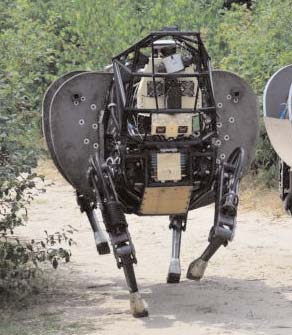
WASHINGTON (TIP): Beauty might lie in the eye of the beholder, but if Google has its way, so will medical diagnostics.
In the first step towards designing miniature technology products that can monitor body functions Google has joined forces with pharmaceutical giant Novartis to advance the Silicon Valley giant’s work on “smart” contact lenses that can measure the wearers’ blood sugar levels, a basic for people with diabetes. The move comes just a day after one of the principals behind the technology, Babak Parviz, an Iranian-American who also pioneered the Google Glass, left the company to join Amazon.
But Google pressed ahead with the tie-up with Swiss multinational, which is at the center of a drug spat with India. The two companies said Novartis’s Alcon eyecare division would license and commercialize ”smart lens” technology designed by Google[x], a development team at the search engine giant. The announcement is the latest in a trend of tech companies getting into the health and fitness domain.
Google already has a platform called Google Fit to measure heath metrics such as sleep and exercise on devices running on its android platform headed by the Indian-American Sundar Pichai. Apple has a similar platform called HealthKit. But Google Smart Lens is, literally, visionary technology to address diabetes.
It is particularly relevant to India, which already has 65 million diabetics (dismissively called ”sugar disease”), a figure that is expected to top a staggering 100 million by 2030. In a note they published earlier this year, Babak Parviz and Brian Otis, the project co-founders, explained the reasoning and technology behind the smart lens, pointing to the difficulties in measuring blood sugar through traditional methods such as wearing glucose monitors, which involves disruptive and painful process of pricking the figure and drawing blood.
Since scientists had developed ways to measure glucose through body fluids such as tears, they figured that miniature electronics — including chips and sensors so small they look like bits of glitter, and an antenna thinner than a human hair — might be a way to crack the mystery of tear glucose and measure it with greater accuracy. The result: ”smart lens” that contains a miniaturized glucose sensor and a tiny wireless chip (to transmit information) that are embedded between two layers of soft contact lens material.
Early prototypes they tested could generate a reading once per second. They said they were also investigating the potential for this to serve as an early warning for the wearer, including exploring integrating tiny LED lights that could light up to indicate that glucose levels have crossed above or below certain thresholds. Evidently, Google has made sufficient progress to draw Novartis/Alcon into a tie-up. Novartis CEO Joe Jiminez has indicated that the technology could be commercialized within five years.




Be the first to comment